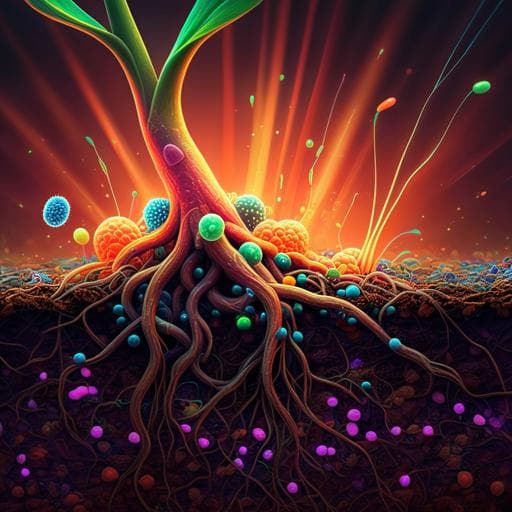
Agriculture
Functional mutants of *Azospirillum brasilense* elicit beneficial physiological and metabolic responses in *Zea mays* contributing to increased host iron assimilation
A. B. Housh, G. Powell, et al.
Discover how *Azospirillum brasilense* mutants enhance iron uptake in *Zea mays*, boosting plant growth through innovative mechanisms. This groundbreaking research by A. B. Housh and colleagues uncovers the synergy between beneficial microbes and plants, making Fe more accessible for flourishing crops.
~3 min • Beginner • English
Related Publications
Explore these studies to deepen your understanding of the subject.







